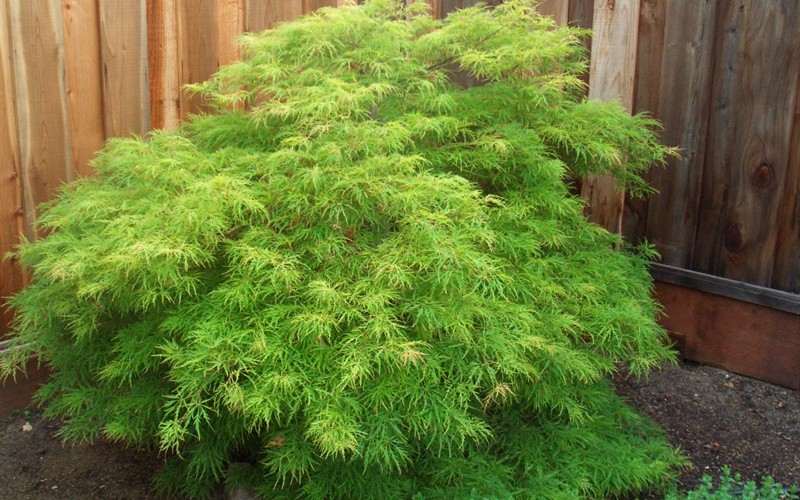

However, the roots can survive down to only 14 degrees Fahrenheit. Japanese maples can survive temperatures down to 0 degrees Fahrenheit.
Waterfall japanese maple winter cracked#
Waterfall japanese maple winter how to#
Read on to learn about Japanese maples in the winter, including what temperatures they can survive and how to detect different health conditions of your tree.

If you are wondering if Japanese maples lose their leaves in the winter, you’ve reached the right article for your answer. They can grow up to 25 feet tall and prefer being planted in spots with afternoon shade and well-draining soil. Cultivar name is in reference to the foliage which cascades downward like a waterfall.Japanese maples are beautiful trees with red, lacy leaves that will make your backyard pop with color. dissectum (Dissectum Viride Group) except the leaves of 'Waterfall' are slightly longer and its fall color includes more reds and yellows. 'Waterfall' is very similar in appearance to A. Leaves are dark green, and retain good color throughout the growing season before turning golden in fall with showy streaks of orange and red. Each lace-like palmate leaf has 7-9 deeply dissected lobes, with each lobe cut to the leaf base. 'Waterfall' is a weeping cultivar with cascading branches that grows to 6' tall over the first 10 years, eventually maturing over time to as much as 10' tall. Each leaf has several lobes (typically 5–7) that all originate from one point looking like an open hand with outstretched fingers.

Specific epithet is in reference to the palmate nature of the leaves. Genus name is the Latin name for a maple tree. Dissectum means deeply cut in reference to the deeply cut, feathery nature of the leaves. These dissected-leaf shrubs are commonly called laceleaf Japanese maple, cutleaf Japanese maple or threadleaf Japanese maple. Palmate leaves, each having 7-11 deeply incised lobes, are deeply cut to the base of the leaf. dissectum is typically a much smaller, rounded, slow-growing shrubby form (often with cascading branching) that rarely matures to more than 12' tall with a larger spread. Fall color includes an often spectacular combination of shades of yellow, red, purple and bronze. Small reddish-purple flowers in umbels bloom in spring (April) followed by winged samaras in pairs which ripen in September-October. Each palmate green leaf (2-5" long) has 5 to 7 but less frequently 9 toothed lobes. General plant form is rounded to broad-rounded, often with low branching. Acer palmatum, commonly called Japanese Maple, is a deciduous shrub or small tree that typically grows to 10-25' (infrequently to 40') tall.


 0 kommentar(er)
0 kommentar(er)
